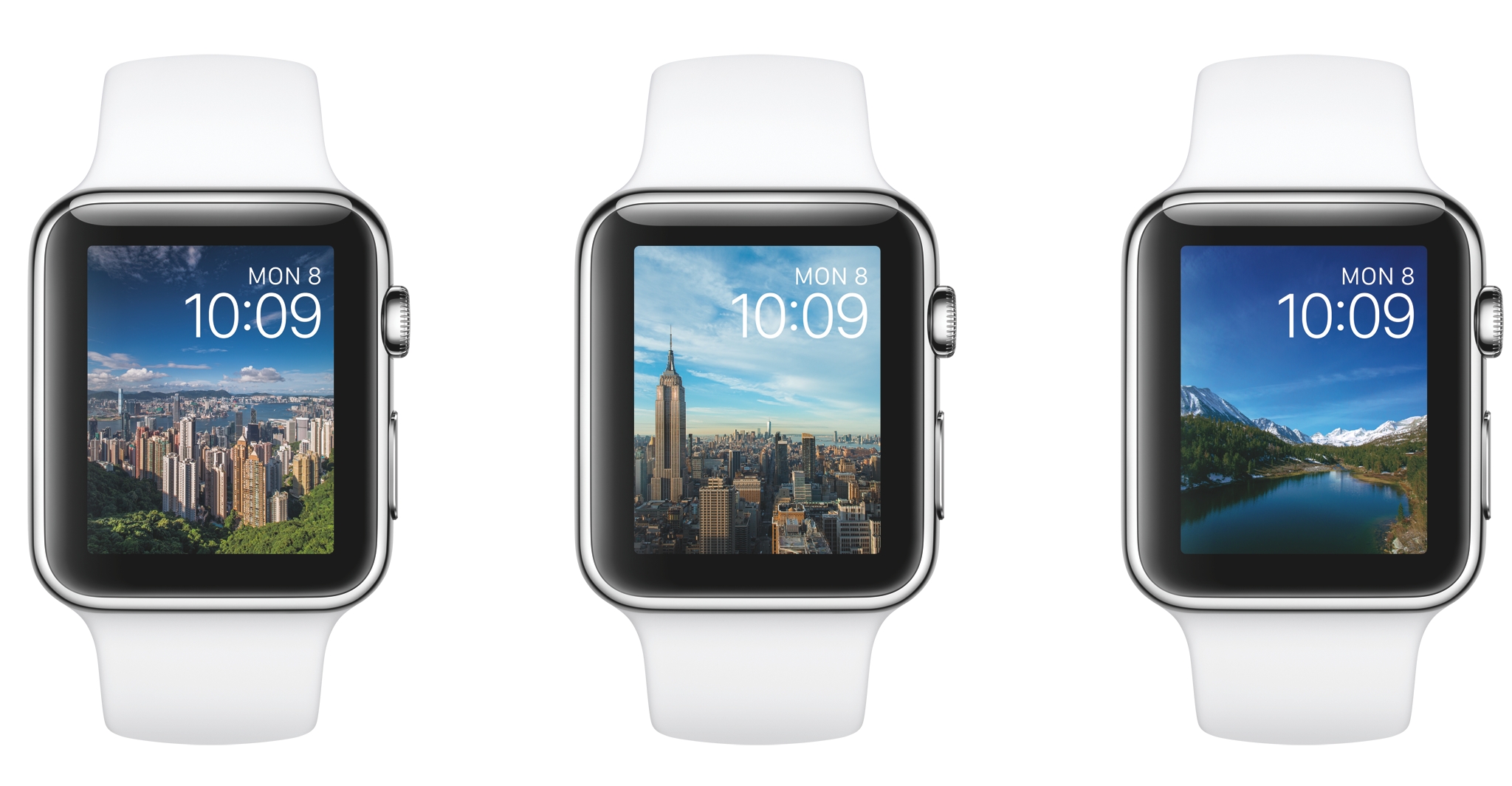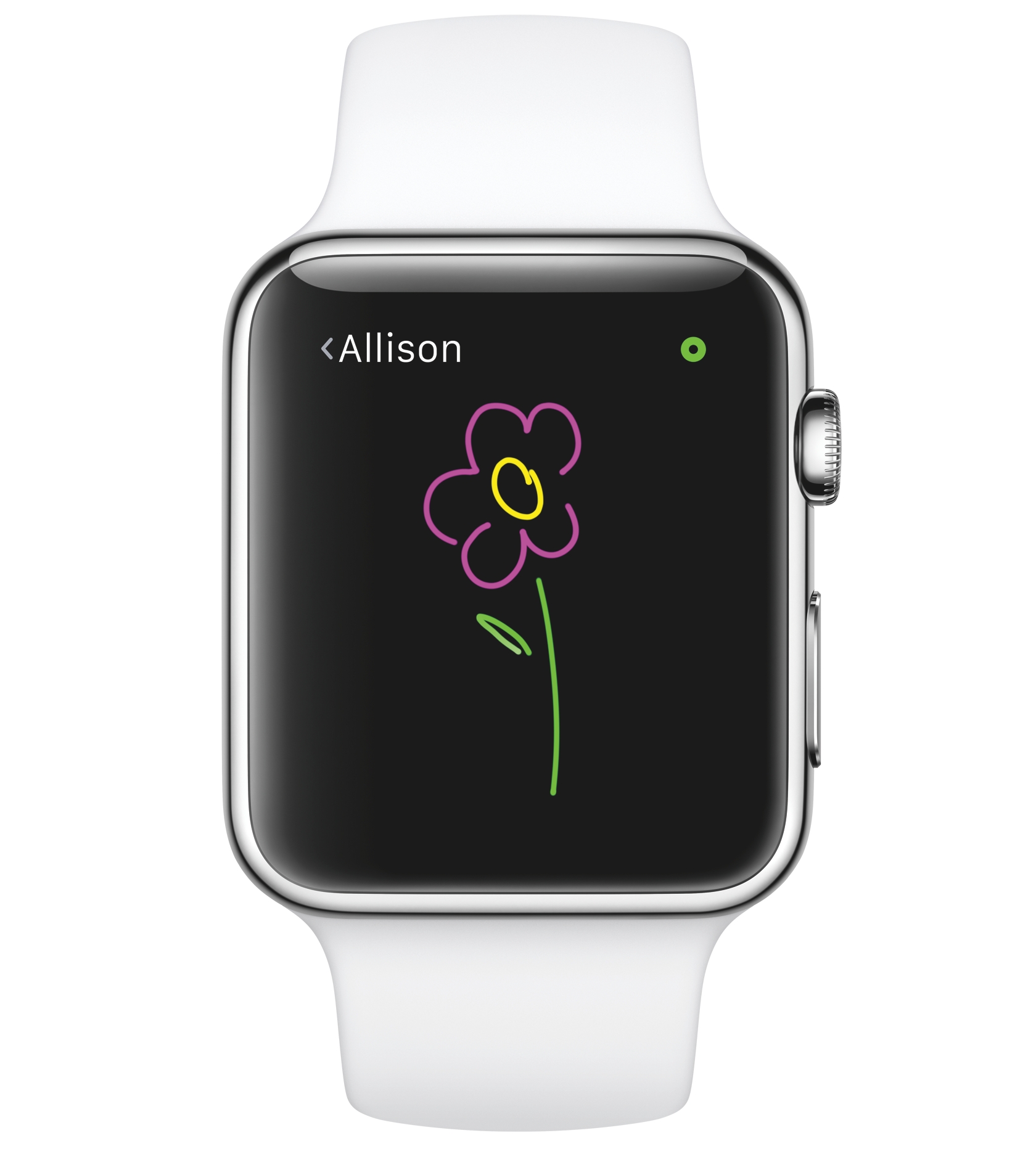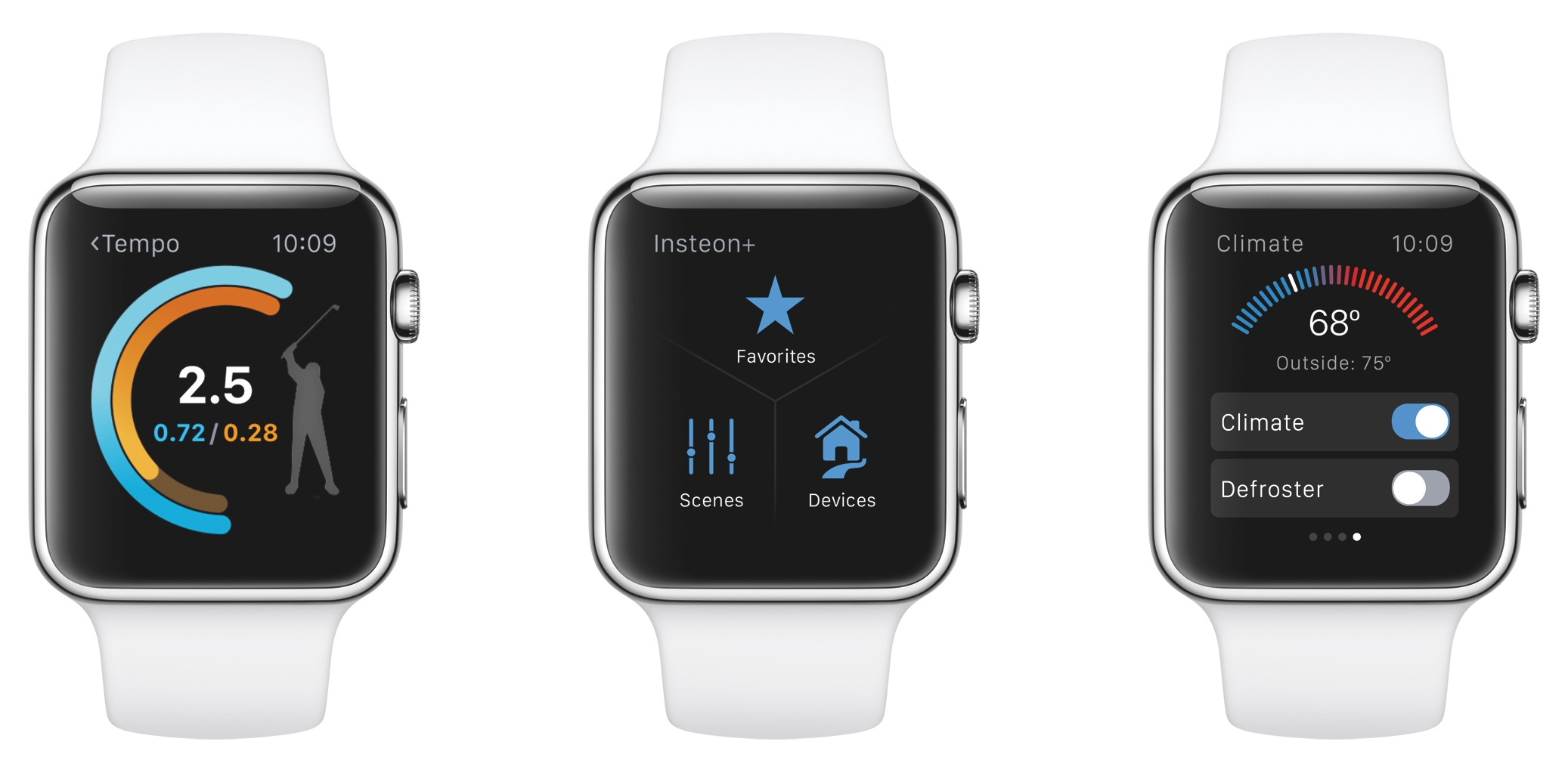
Apple Watch launched just six weeks ago, but Apple has already showcased the second version of its software, dubbed watchOS 2.
The promise of native apps tantalized users and developers alike since the Watch was announced back in September, but it’s taken until mid 2015 for that to come to fruition. But Apple went a lot further with this announcement, checking nearly every box of outstanding complaints in an attempt to create a more holistic standalone product.
The main takeaway from watchOS 2 is that apps will live natively on the Watch starting with iOS 9, removing the Bluetooth bottleneck that has heretofore plagued app loading speed and reliability. While much of the app abstraction lives on the watch today, the actual content and logic comes from the iPhone, so an area with lots of Bluetooth interference can cause apps to load slowly, if at all.
While Apple isn’t specifying how much space apps will be allowed to take up – the Apple Watch has 8GB of storage on board, and only around 5GB accessible to the user – they will inevitably run a lot more reliably. Coupled with the fact that watchOS 2 adds WiFi support for known networks, native apps will run without a connected iPhone.
Apple is giving developers access to most Apple Watch sensors and inputs, like the accelerometer, microphone, speaker and Digital Crown, as well as ClockKit, a framework for third-party complications. While developers won’t be able to create their own watch faces (at least in this version), the ability to program complications that quickly open newly-native apps means that the Apple Watch will become a lot more useful.
Since the Watch’s launch, developers have been asking for the same access to the microphone and Digital Crown that Apple itself has, largely so apps can negotiate with Siri, and use the device’s main input mechanism to perform a variety of actions. Right now, third-party apps can just use the Digital Crown for vertical scrolling. With Siri’s added functions in iOS 9, the Watch will be able to interface with HomeKit and launch actions directly within apps, becoming more like its promise back in September than the product that launched in April. Glances are also going to be integrated into Siri, so quick content checks can be made with one’s voice.
Apple is bolstering the Watch’s consumer-facing features, too. A new Photo watch face uses a curated selection from Apple or one’s own photo gallery without sacrificing battery life, and videos can now be viewed on the Watch itself.
A new Nightstand Mode uses the Watch’s OLED screen to create a bedside alarm clock that orients itself depending on how the Watch is laid.

watchOS 2 also adds Friend groups, allowing users to add more than 12 people to their Digital Touch network. New social features also include the ability to use multiple colours when sending little sketches to one of those friends.
But perhaps one of the most important features added to watchOS 2 is aimed at fitness fanatics, whose third-party apps like Runkeeper, Strava and others will work with the Workout and Activity apps.
watchOS 2 is available to developers today as a beta, and will come to the Apple Watch later this fall alongside iOS 9.
MobileSyrup may earn a commission from purchases made via our links, which helps fund the journalism we provide free on our website. These links do not influence our editorial content. Support us here.



